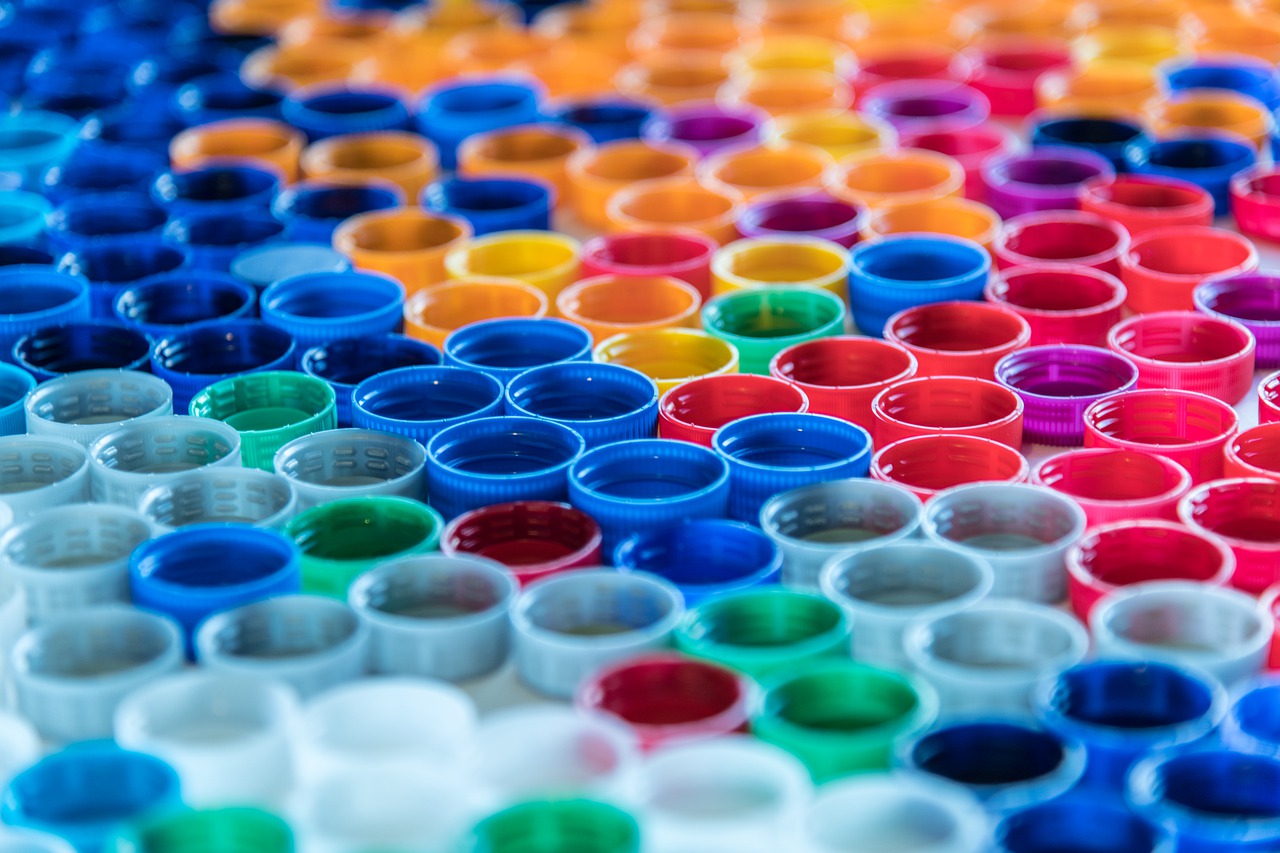
Published 2021-09-09
Keywords
- Plastics waste accumulation and dispersion,
- circular economy,
- carbonization of plastics waste
How to Cite
Copyright (c) 2021 Luigi Campanella, Pino Suffritti

This work is licensed under a Creative Commons Attribution 4.0 International License.
Abstract
After death the fraction of living matter which is not biodegraded (shells, bones, corals, carbonaceous deposits) becomes environmentally sustainable. This is not the case for plastics so that these wastes should be either recycled or made environmentally inert and stored in secure repositories as a resource for future generations. Chemistry has offered different solutions to this problem, and each brings about advantages and disadvantages when compared to other options. One further possible route could consist in the enrichment of the plastics waste in carbon content (“carbonization”), in analogy with the production of charcoal from wood, but we hope to stimulate a debate about all the other possible routes among scientists and engineers in the involved fields.
References
- United Nations Environment Programme, Converting Waste Plastics into a Resource. Compendium of Technologies. Assessment Guidelines, Division of Technology, Industry and Economic International Environmental, Technology Centre Osaka/Shiga, United Nations Environment Programme (UNEP), 2009. https://wedocs.unep.org/bitstream/handle/20.500.11822/8638/WastePlasticsEST_Compendium_full.pdf?sequence=3&isAllowed=y.
- OECD Background Report: Improving Plastics Management: Trends, Policy Responses, and the Role of International Co-operation and Trade, Environment Policy Paper No. 12, OECD, 2018, https://www.oecd.org/environment/waste/policy-highlights-improving-plastics-management.pdf.
- IEA, The Future of Petrochemicals. Towards more sustainable plastics and fertilizers, IEA, 2018, https://www.iea.org/reports/the-future-of-petrochemicals.
- EASAC, Packaging Plastics in the Circular Economy. EASAC policy report 39, 2020. https://easac.eu/publications/details/packaging-plastics-in-the-circular-economy/
- K. Kümmerer, J. H. Clark, V. G. Zuin, Science 2020, 367, 369-370. DOI: 10.1126/science.aba4979.
- F. Zhang, Y. Zhao, D. Wang, M. Yan, J. Zhang, P. Zhang, T. Ding, L. Chen, C. Chen, J. Cleaner Production 2021, 282, 124523. DOI: 10.1016/j.jclepro.2020.124523.
- Y. A. Hidayat, S. Kiranamahsa, M. A. Zamal, AIMS Energy 2019, 7, 350–370. DOI: 10.3934/energy.2019.3.350
- A. K. Awasthi, M. Shivashankar, S. Majumder, IOP Conf. Series: Materials Science and Engineering 2017, 263, 022024. DOI: 10.1088/1757-899X/263/2/022024.
- D. K. Bora, MRS Energy & Sustainability 2020, 7, 28. DOI: 10.1557/mre.2020.28.
- W. W. Y. Lau, Y. Shiran, R. M. Bailey, E. Cook, M. R. Stuchtey, J. Koskella, C. A. Velis, L. Godfrey, J. Boucher, M. B. Murphy, R. C. Thompson, E. Jankowska, A. Castillo Castillo, T. D. Pilditch, B. Dixon, L. Koerselman, E. Kosior, E. Favoino, J. Gutberlet, S. Baulch, Me. E. Atreya, D. Fischer, K. K. He, M. M. Petit, U. Rashid Sumaila, E. Neil, M. V. Bernhofen, K. Lawrence, J.E. Palardy, Science 2020, 369, 1455-1461. DOI: 10.1126/science.aba9475.
- K. Min, J. D. Cuiffi, R. T. Mathers. Nature Commun. 2020, 11, 727. DOI: 10.1038/s41467-020-14538-z.
- G. Birarda, C. Buosi, F. Caridi, M. A. Casu, G. De Giudici, L. Di Bella, D. Medas, C. Meneghini, M. Pierdomenico, A. Sabbatini, A. Surowka, L. Vaccari, Environ. Pollut. 2021 in Press. DOI: 10.1016/j.envpol.2021.116912.
- R. C. Hale, M. E. Seeley, M. J. La Guardia, L. Mai, E. Y. Zeng, J. Geophys. Res.: Oceans 2020, 125, e2018JC014719. DOI: 10.1029/2018JC014719.
- A. Chamas, H. Moon, J. Zheng, Y. Qiu, T. Tabassum, J. H. Jang, M. Abu-Omar, S. L. Scott, S. Suh, ACS Sustainable Chem. Eng. 2020, 8, 3494-3511. DOI: 10.1021/acssuschemeng.9b06635.
- X. Zh. Lim, Nature 2021, 593, 22-26. DOI: 10.1038/d41586-021-01143-3.
- N. H. M. Nor, M. Kooi, N. J. Diepens, A. A. Koelmans, Environ. Sci. Technol. 2021, 55, 5084. DOI: 10.1021/acs.est.0c07384.
- Y. Picó, D. Barceló, ACS Omega 2019, 4, 6709?6719. DOI: 10.1021/acsomega.9b00222.
- ISO 15270:2008(en) Plastics - Guidelines for the recovery and recycling of plastics waste, 2008. https://www.iso.org/obp/ui/#iso:std:iso:15270:ed-2:v1:en
- European Commission, Implementation of the Circular Economy Action Plan, Brussels, 2019. https://eur-lex.europa.eu/legal-content/EN/TXT/PDF/?uri=CELEX:52020DC0098&from=EN.
- G. Lopez, M. Artetxe, M. Amutio, J. Bilbao, M. Olazar, Renew. Sustain. Energy Rev. 2017, 73, 346 –368. DOI: 10.1016/j.rser.2017.01.142.
- H. Rubel, U. Jung, C. Follette, A. Meyer zum Felde,. S. Appathurai, M. B. Díaz, A Circular Solution to Plastic Waste, Boston Consulting Group, Boston, 2019. https://image-src.bcg.com/Images/BCG-A-Circular-Solution-to-Plastic-Waste-July-2019_tcm9-223960.pdf.
- A. Rahimi, J. M. García, Nature Rev. Chem. 2017, 1, 0046. DOI: 10.1038/s41570-017-0046
- I. Vollmer, M. J. F. Jenks, M. C. P. Roelands, R. J. White, T. van Harmelen, P. de Wild, G. P. van der Laan, F. Meirer, J. T. F. Keurentjes, B. M. Weckhuysen, Angew. Chem. Int. Ed. 2020, 59, 15402–15423. DOI: 10.1002/anie.201915651.
- DEMETO Project. https://www.demeto.eu/project
- S. Chen, Z. Liu, Sh. Jiang, H. Hou Sci. Total Env 2020, 710, 136250. DOI: 10.1016/j.scitotenv.2019.136250.
- Tournier, V., Topham, C.M., Gilles, A, B. David, C. Folgoas, E. Moya-Leclair, E. Kamionka, M.-L. Desrousseaux, H. Texier, S. Gavalda, M. Cot, E. Guémard, M. Dalibey, J. Nomme, G. Cioci, S. Barbe, M. Chateau, I. André, S. Duquesne, A. Marty, Nature 2020, 580, 216–219. DOI: 10.1038/s41586-020-2149-4.
- C. Shi, M. L. McGraw , Z.-C. Li, L. Cavallo, L. Falivene, E. Y.-X. Chen, Sci. Adv. 2020, 6, eabc0495. DOI: 10.1126/sciadv.abc0495
- K. Welter, Chem. World 2020, 25 August. https://www.chemistryworld.com/news/designer-plastic-can-be-recycled-over-and-over-again/4012317.article.
- S. Tagliapietra, G. B. Wolff, Nature 2021, 591, 526-528. DOI: 10.1038/d41586-021-00736-2.
- T. Piketty, Capital et idéologie, Éditions du Seuil, Paris, 2019 [Engl. Ed.: T. Piketty, Capital and ideology, Harvard University Press, Cambridge, USA, 2020]




